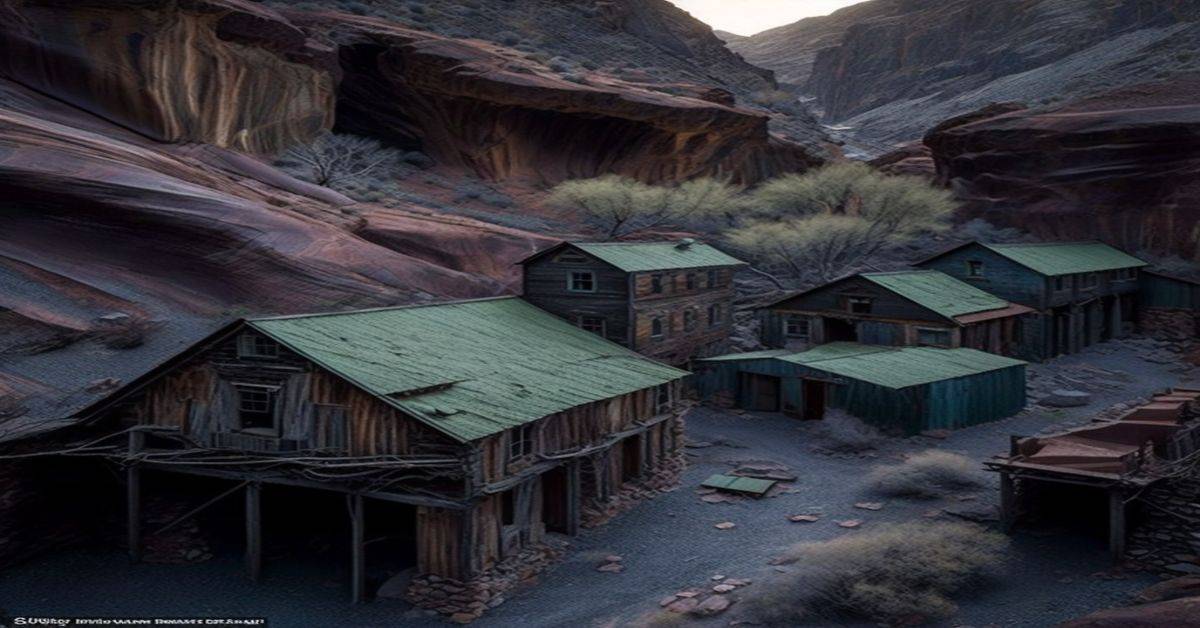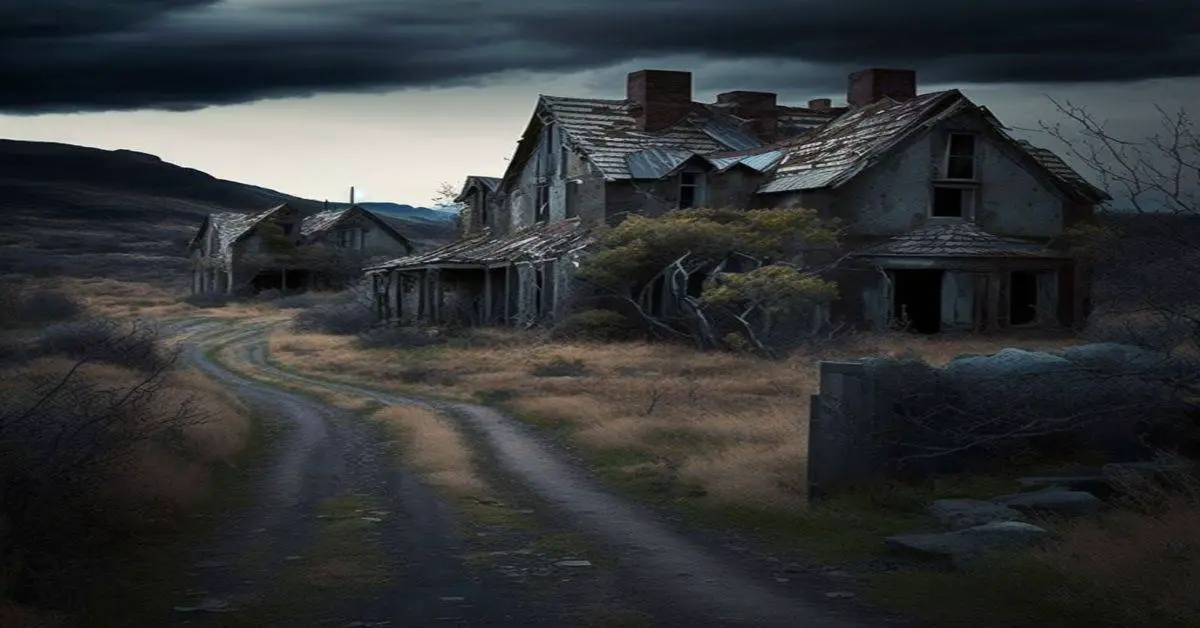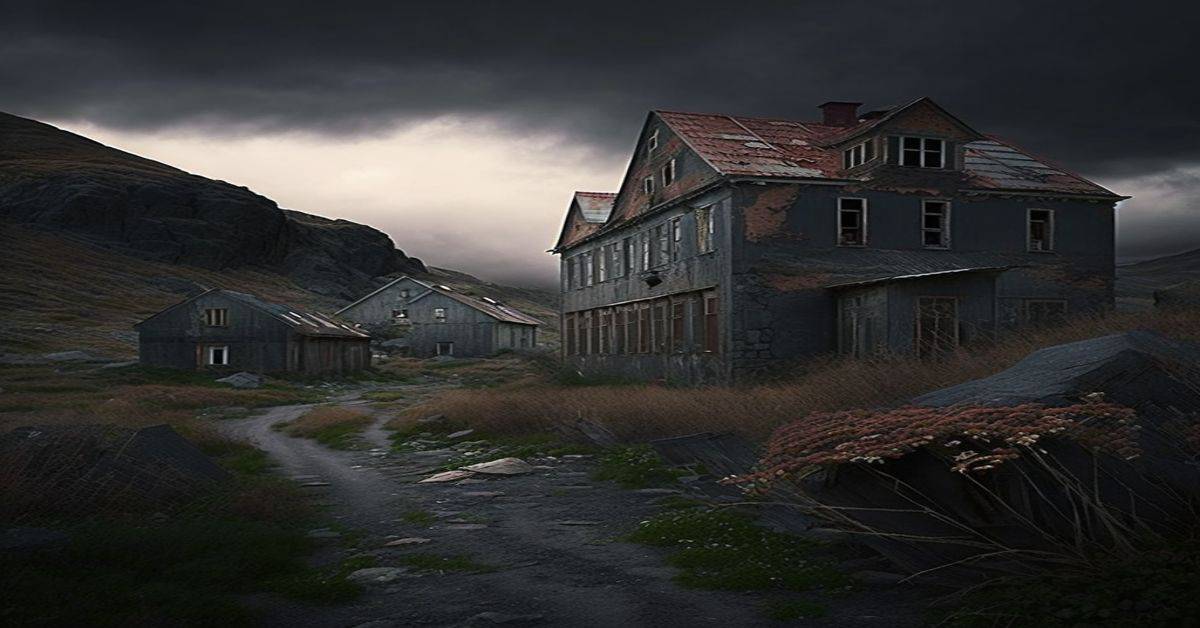Fort Pickens, located on the west end of Santa Rosa Island near Pensacola, Florida, is a Civil War-era fortress that has stood the test of time and history. However, despite its rich past, Fort Pickens has become a ghost town due to its closure after being severely damaged by Hurricane Ivan.
This once-thriving fortification has now become a shadow of its former self, but its history remains integral to American history. Constructed between 1829-1834, the fort was supervised by Colonel William H. Chase and used over twenty-two million bricks.
Fort Pickens became a town under siege during the Civil War, withstanding a two-day bombardment in November 1861, and remained in Union hands throughout the conflict. Even Apache Indian chief Geronimo was imprisoned here from October 1886 to May 1887.
Fort Pickens has since become a state park, but the memories of its past continue to draw visitors from around the world. In this article, we will explore the rich history of Fort Pickens, its role in the Civil War, and the notable prisoners who were once held within its walls.
Key Takeaways
- Fort Pickens, Florida, was a Civil War-era fortress located on the west end of Santa Rosa Island near Pensacola, Florida. It was designed to withstand a direct hit from a cannonball, making it virtually impenetrable.
- Despite heavy bombardment, Fort Pickens remained in Union hands throughout the Civil War due to its strategic location and superior firepower, which allowed it to withstand the Confederate assault that was eventually called off due to the fort’s resilience.
- Fort Pickens, Florida, was also notable for its use of over twenty-two million bricks, locally sourced and made on-site, and its unique ‘American Bond’ brick-laying pattern that added strength to the walls.
- The imprisonment of Apache Indian chief Geronimo at Fort Pickens from October 1886 to May 1887 was a significant event in Native American history that highlighted the US government’s mistreatment of Indigenous peoples and their efforts to assimilate them into American culture forcibly.
History and Construction
Constructed between 1829-1834 under the supervision of Colonel William H. Chase, Fort Pickens utilized over twenty-two million bricks resulting in most of the original fort remaining, making it a significant historical landmark.
The fort’s construction techniques and architectural design were ahead of their time, incorporating new ideas in military fortification. The design included thick walls, arched entrances, and strategically placed gun emplacements. The fort was designed to withstand a direct hit from a cannonball, making it virtually impenetrable.
The brick used in the fort’s construction was locally sourced, and the bricks were made on-site. The bricks were laid in a unique pattern known as ‘American Bond,’ which consists of alternating courses of headers and stretchers. The design added strength to the walls, making them more resistant to cannon fire.
The construction of Fort Pickens is a testament to the ingenuity and skill of the engineers and workers who built it, and it remains an impressive example of military architecture.
Civil War Siege
During a two-day bombardment in November 1861, the Union-held military installation at Fort Pickens withstood heavy fire from Confederate forces. This siege was part of the Confederate’s strategy to gain control of the fort and the surrounding waters, which were crucial to their blockade of the Union Navy.
However, the Union victory at Fort Pickens was a significant setback for Confederate efforts to control the Gulf of Mexico. Despite the heavy bombardment, Fort Pickens remained in Union hands throughout the Civil War.
The fort’s strategic location and superior firepower allowed it to withstand the Confederate assault, which was eventually called off due to its resilience. The successful defense of Fort Pickens was a critical moment in the Civil War, as it ensured that the Union Navy would retain control over the Gulf of Mexico and maintain its blockade of Confederate ports.
Notable Prisoner: Geronimo
One notable prisoner held at the military installation on Santa Rosa Island was the Apache Indian chief Geronimo, who was imprisoned there from October 1886 to May 1887. Geronimo was a prominent leader of the Chiricahua Apache tribe, known for his resistance against the US government’s efforts to remove Native Americans from their lands. He was eventually captured by US forces and sent to Fort Pickens, where he was held as a prisoner of war along with several other Apache leaders.
Geronimo’s imprisonment at Fort Pickens was a significant event in Native American history, highlighting the US government’s mistreatment of Indigenous peoples and their efforts to assimilate them into American culture forcibly. Geronimo continued to resist and fight for his people’s rights despite being imprisoned, symbolizing Native American resistance and resilience.
Today, Geronimo’s legacy remains a reminder of the ongoing struggles Indigenous peoples face and the importance of acknowledging and preserving their cultures and traditions.
- Geronimo was held captive at Fort Pickens alongside several other Apache leaders.
- His imprisonment highlighted the injustices faced by Indigenous peoples at the hands of the US government.
- Despite his captivity, Geronimo continued to fight for his people’s rights and became a symbol of Native American resistance.
- Today, Geronimo’s legacy serves as a reminder of Indigenous peoples’ ongoing struggles and the importance of preserving their cultures and traditions.
Frequently Asked Questions
What is the current condition of the Fort Pickens Museum and Visitor Center?
The Fort Pickens Museum and Visitor Center is closed indefinitely due to damage caused by Hurricane Ivan. Maintenance efforts are ongoing, but there is no current timeline for reopening.
When was Fort Pickens decommissioned and how did it become a state park?
Fort Pickens was decommissioned in 1947 after serving in various capacities, including as a Civil War fortress and a prison for Apache Chief Geronimo. It was later converted into a state park.
Are there any legends or ghost stories associated with Fort Pickens?
There have been reports of ghostly sightings and paranormal activity at Fort Pickens, possibly due to its role as a Civil War fortress and its use as a prison for Apache chief Geronimo. However, these claims are not scientifically verified.
Has Fort Pickens been used for other purposes besides a military fort and state park?
Fort Pickens has been used solely as a military fort and state park to preserve its historical significance. No other purposes have been documented. The preservation of this site is crucial for future generations to appreciate its importance.
How have hurricanes and natural disasters impacted the surrounding area of Fort Pickens over the years?
The surrounding area of Fort Pickens has been impacted by hurricanes and natural disasters, damaging the park and its facilities. Restoration efforts have been ongoing to repair the damage caused by hurricanes, including Hurricane Ivan in 2004.


